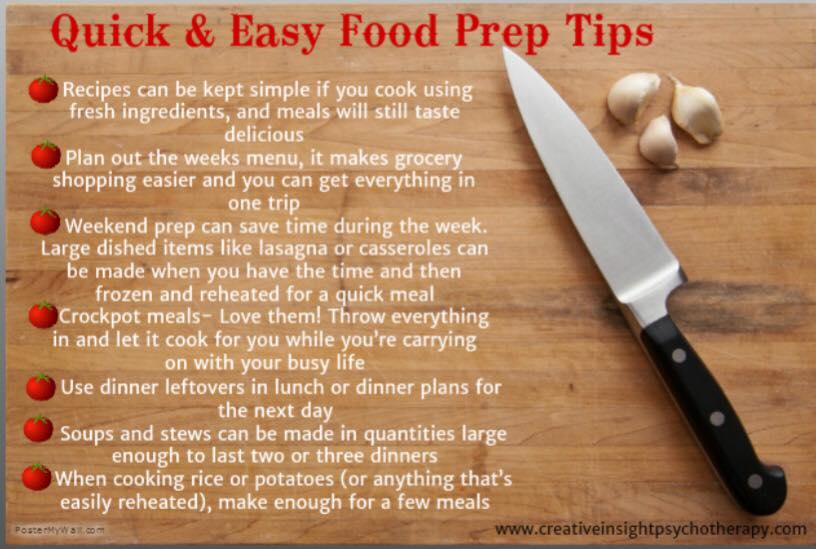“To eat is a necessity, but to eat intelligently is an art,” François de La Rochefoucauld.
Overall family health is an immense benefit that occurs when families eat together. Families who regularly eat together tend to be more healthful in their eating habits and have healthier outcomes. Family meals furnish a meaningful opportunity to provide a role model for healthy eating and can be used to encourage courtesy and other social manners.
Parents and other adults can help model eating moderate portion sizes, tasting new foods, and stopping when full. It is important to remember when introducing new foods do so without forcing, coercing, or bribing. You’ll want to introduce the new food alongside some tried-and-true favorites and remember it can take 8-10 exposures to a new food before it is readily accepted; so be patient. Additionally, since family meals are made in the home, it is a great opportunity for the children to participate in the food preparation process. This helps them learn an appreciation for where their food is coming from, as well as valuable cooking skills they will use for the rest of their lives.
Family meals are also associated with improved dietary intake among family members. For example, several large studies have shown that regular family meals are strongly associated with increased consumption of fruits, vegetables, grains and other healthy food choices while also linked with lesser consumption of fried/fatty foods, soft drinks, and/or other less healthy choices. The research also suggests that family meals are associated with a reduced risk of childhood obesity in children and adolescents, with the statistic stating that children who do not eat dinner with their parents, at least twice a week, were 40 percent more likely to be overweight compared to those who do.
A great motivator for some may be the fact that eating more family meals actually saves you money. In 2007, the average household spent $3,465 on meals at home, and $2,668 on meals made outside the home, according to the National Consumer Expenditure Survey from the Bureau of Labor Statistics. When you take into consideration that the $2,668 spent on meals away from home only accounts for about 30% of total meals, that’s about $4.50 per each meal made in your own kitchen and $8 per meal made outside. It adds up!
The main reason we favor convenience food is the perception that home-cooked meals take more time to put together. This can certainly be the case, but it doesn’t have to be. There are ways we can use to make food preparation fast and easy.
Here are some tips to get you started:

I hope that you’ve enjoyed this article by my guest blogger Dr. Jennifer Smith. If you’d like more information about her practice you can check her out at http://backtohealthnc.com. Tell her I sent you, we love hearing where we get our referrals from so we can send love to one another. Now that you’ve gotten some great tips on family dinner, enjoy your evening sharing a meal together!
I am a licensed Marriage & Family Therapist practicing in the Lake Norman area of North Carolina. I enjoy working with people on improving their lives, relationships and feeling all around more mentally healthy.
Michelle A Coomes MA, LMFT 704-237-0814




I love this! I am always trying to get my families to do this . The families have to try this without any electronics around. It’s hard in the beginning, but most of them have grown to love it and cherish their time together!